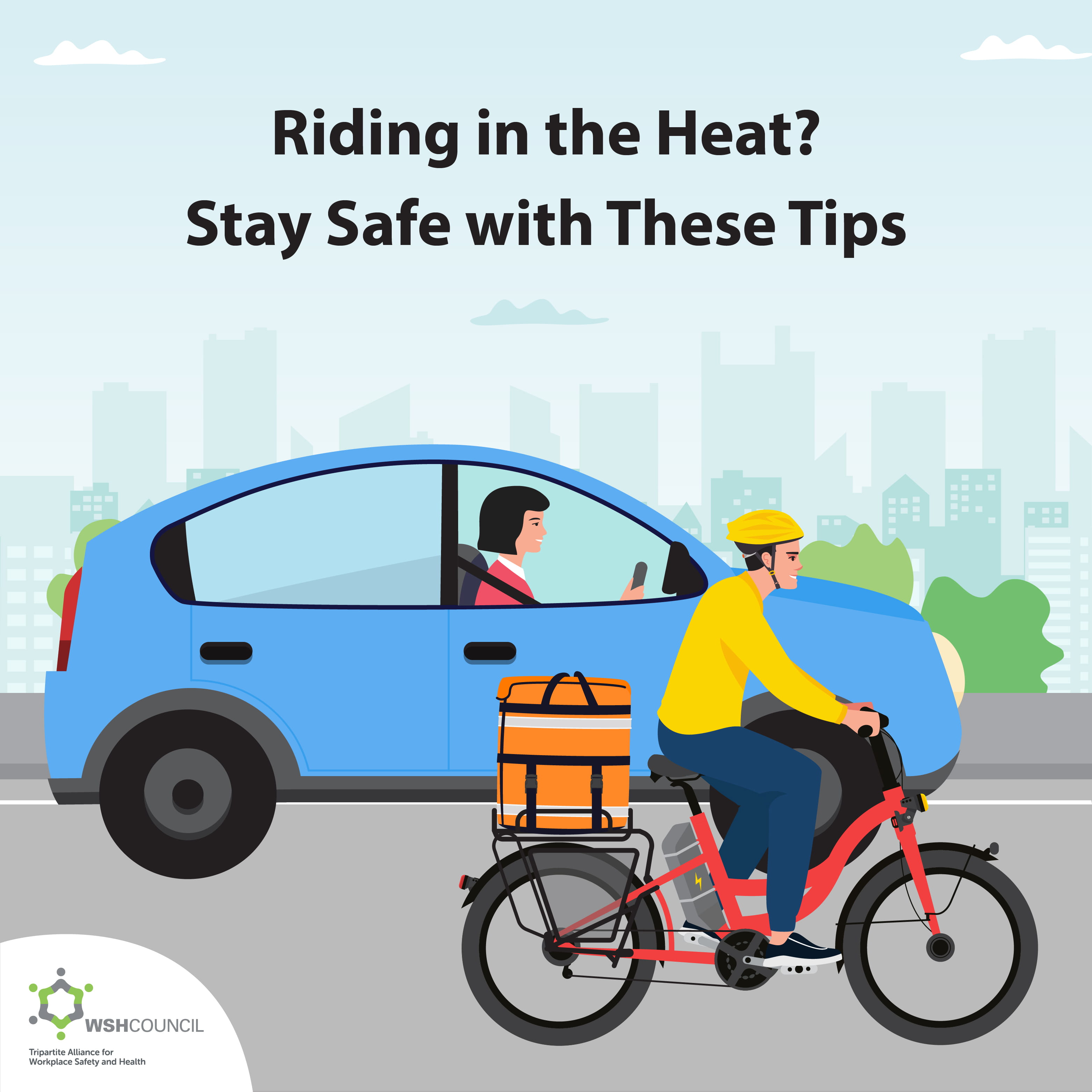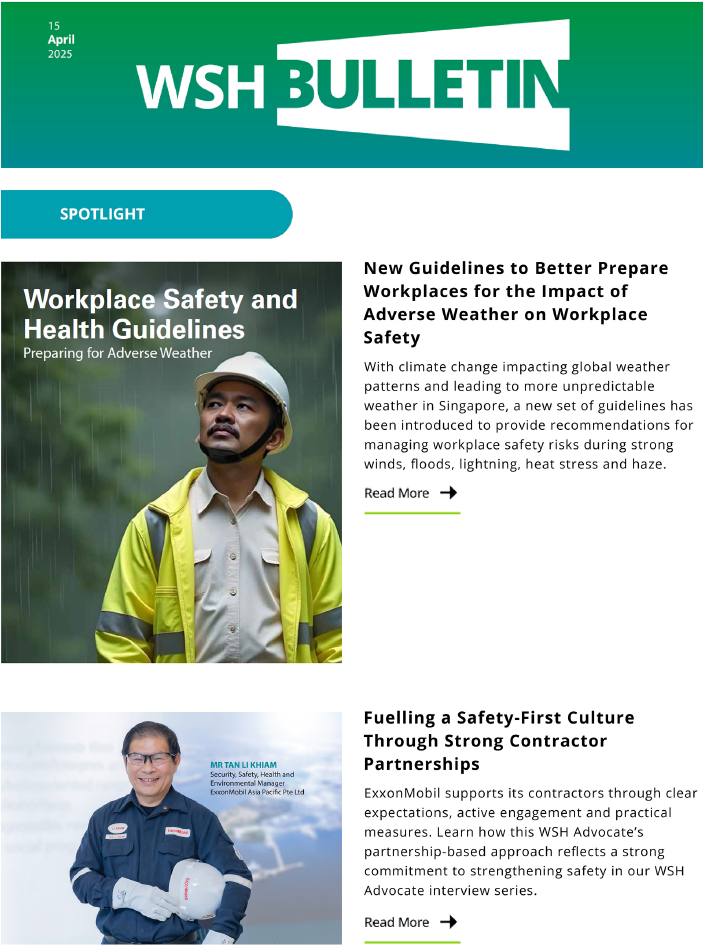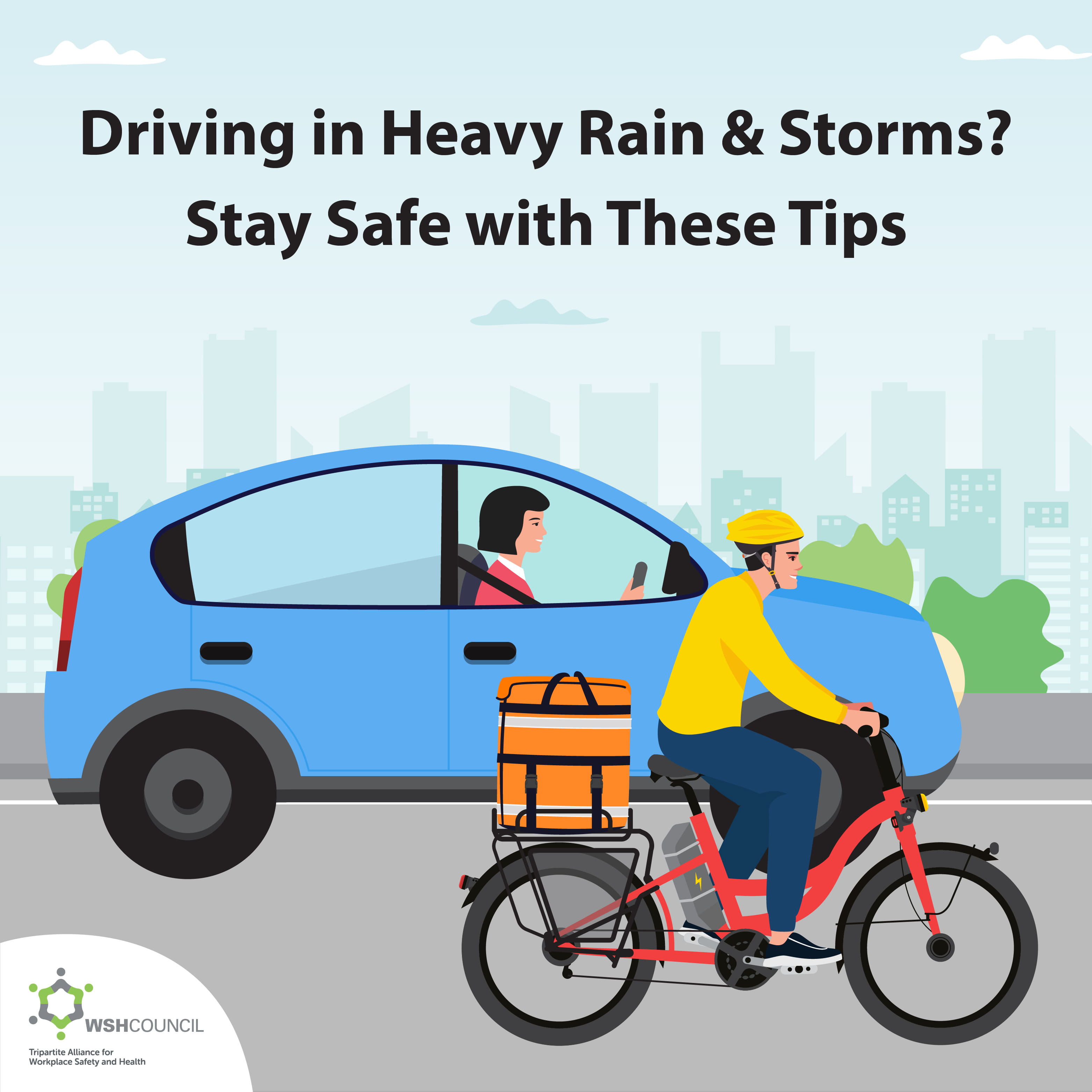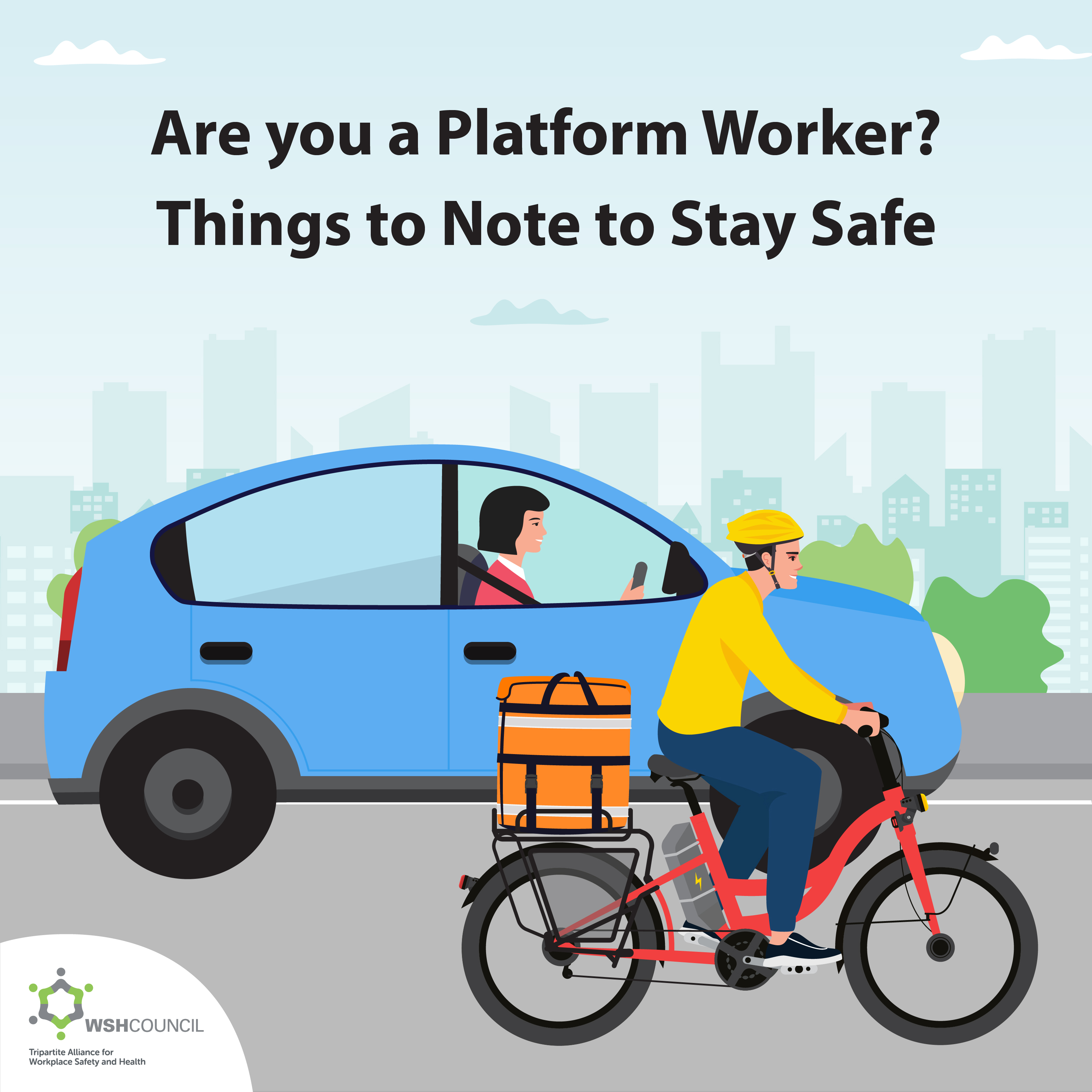Loading and Unloading Operations
Learn about safe loading and unloading on vehicles. Understand your roles and responsibilities, and play your part in keeping your workplace safe.
Loading and Unloading Hazards
Loading and unloading operations are common in industries such as logistics and transport. To prevent injuries among workers carrying out these operations, proper securing and safe loading and unloading practices are crucial.
Some common hazards related to loading and unloading from vehicles include:
- Toppling of improperly stacked or secured cargo;
- Breaking or failure of lashing and dunnage equipment;
- Unsafe access to and egress from the lorry or trailer bed; and
- Falling off the loading platform.
Safe Loading and Unloading
In general, loading and unloading operations should be carried out at designated areas as much as possible. All personnel involved must adhere to work instructions given by the person in charge of the operation.
Refer to the table below for some examples of good practices:
|
Task |
Examples of good practices |
|
Parking |
|
|
Loading |
|
|
Unloading |
|
Employer's Role
You should:
- Provide the right vehicle for the job.
- Provide the necessary resources for the operation (e.g. lashing/securing devices, PPE).
- Ensure that risk assessments are conducted for all loading and unloading operations.
- Ensure that competent personnel are appointed to carry out the operation.
- Give clear instructions to drivers for each operation.
Employee's Role
As a driver, you should:
- Check that the vehicle and equipment are in good condition and able to perform the intended task (e.g. check lashings for damage before use).
- Follow all safe operating instructions and procedures.
- Ensure that the cargo is properly loaded on the vehicle.
- Carry out loading and unloading at designated areas (e.g. loading and unloading bay).
- Take necessary precautions to prevent the vehicle from moving during loading and unloading.
- Not leave the loading site without checking stowage and securing.
- Report any unsafe condition, loading/unloading issue, incident or near miss to your supervisor.
For More Information
- Singapore Standard SS 663 : 2020 Code of practice for safe loading on vehicles
- WSH Guidelines on Safe Loading on Vehicles (English) (PDF)
- WSH Guidelines on Safe Loading on Vehicles (Chinese) (PDF)
- WSH Guidelines for Services Allied to the Transport of Goods (PDF)
- ABC Checklist – Safe Loading of Materials (PDF)






